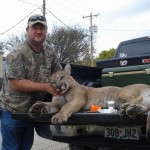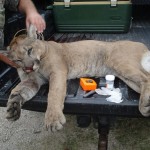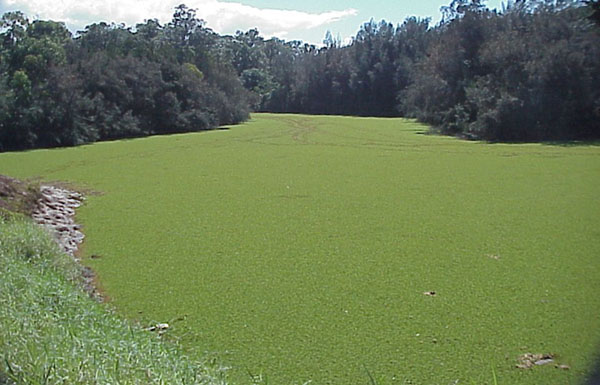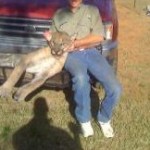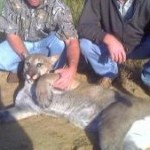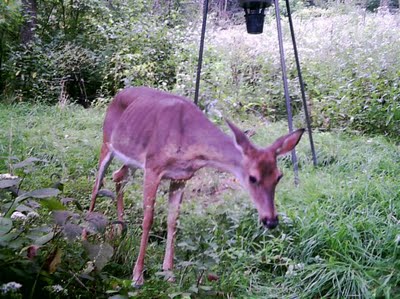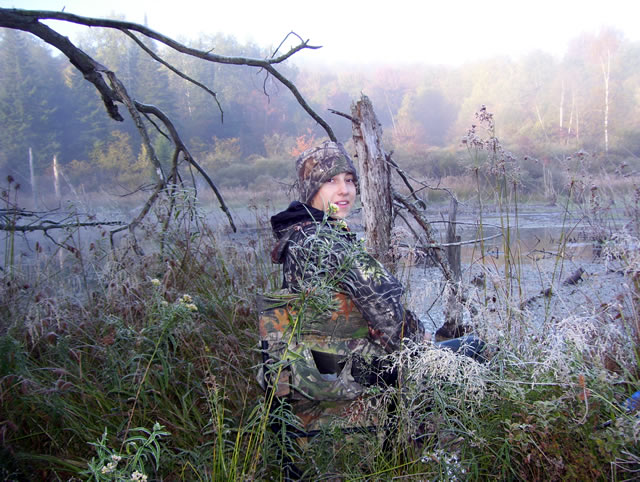This mountain lion was killed in early November 2009 about 6 miles south of Junction, Texas. The hunter was looking to harvest a white-tailed deer during Texas’ General Season when this cougar walked by. The photo was taken at Kimble Processing in Junction. Mountain lion sightings and kills have increased in recent years as the cats expand their range eastward again.
Mountain lions, also commonly referred to as cougars, pumas, or catamounts, have a large distribution across North and Central America. In fact, the Mountain lion has the widest distribution of any wild cat, from Canada to South America. Formerly distributed throughout North America, the Mountain lion is now found mostly in the remote areas of the western U.S., as well as western Canada and much of Mexico. A small lion population still exists in southern Florida, where the species is considered an endangered animal. Continue reading Mountain Lion Shot in Junction, Texas
